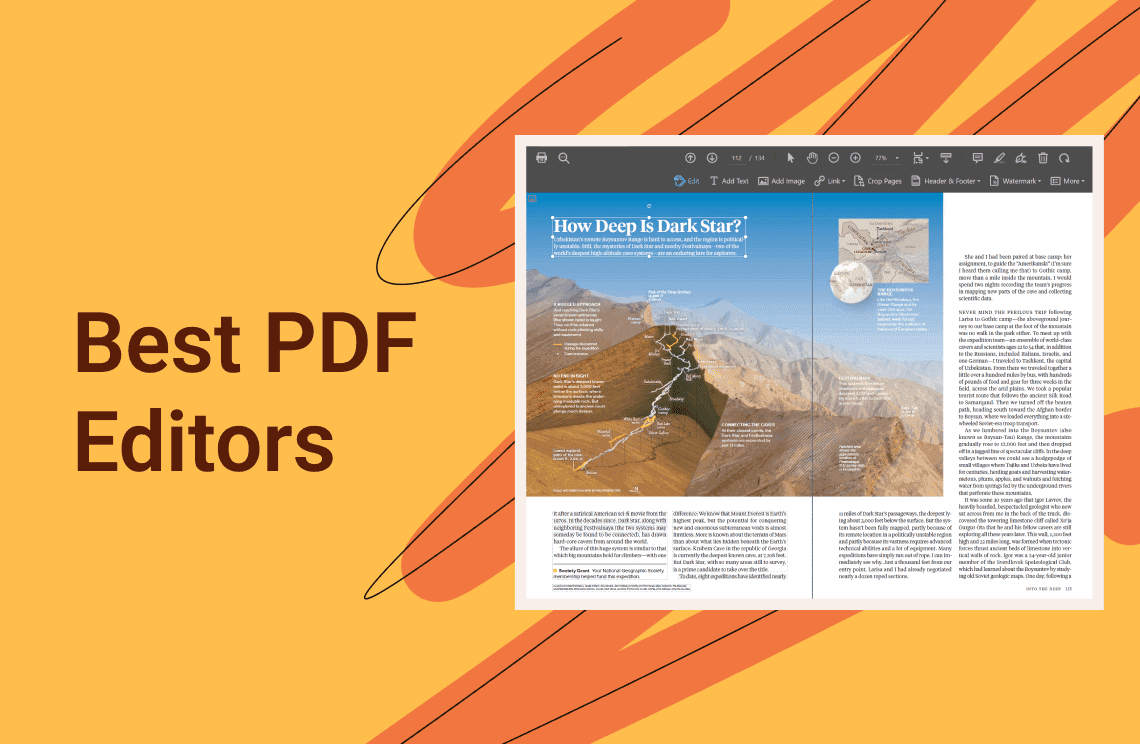Image recognition tools are becoming more popular by the day as we become more technologically savvy and security-conscious. Today, it has become a common sight to access sensitive data via devices using high-tech savvy image recognition tools; even modern smartphones have facial recognition software for unlocking them. Apart from the security benefits of facial recognition for added security, we also use the technology to work on diverse projects especially as they relate to images. Surfing through hundreds and thousands of images online or on our devices in search of one image, in particular, can be tantamount to finding a needle in a haystack. However, with modern AI image analysis, we can get the job done in a matter of seconds.
With the latest advancements in image technology, many businesses and even individuals are leveraging the opportunity to boost efficiency, accuracy and also security. With estimated future growth running into billions of dollars in the coming years, this technology is here to stay and will never get better.
Whether you are a techie or a business owner you can leverage AI image analysis to better understand customer behavior and this knowledge alone can make all the difference for your business. Surfing through the internet in search of the best image recognition tools can be challenging but we’ve got you covered. In this article, we review the best AI image analysis tools and we include their pros and cons so you can make an informed decision on which one to go for.
What Is Image Recognition & What Do Image Recognition Tools Do?
Image recognition is simply a modern, 21st-century technology that aids computers in identifying and understanding images. This technology helps computers differentiate between images, but beyond that, it can read text embedded in images, identify faces, and even understand crowded or complex scenes.
Furthermore, the image recognition software tells the algorithm how to interpret image content using advanced learning models. As for the tools and how they work, they rely on applications or software that utilize vision methods and machine learning to analyze patterns, objects, and actions within images.
Modern versions of this technology can also process different types of visual input like videos, photos, camera feeds, and more with smart algorithms.
Our Top AI Image Analysis Picks
Considerations For Choosing Our Image Recognition Tools
All the tools in our list were picked after in-depth analysis using the following metrics.
- Advanced Technology: Image recognition software is still relatively new but some developers have been able to carve niches for themselves by separating themselves from the competition. We only chose the leading brands in the market that have proved their capacity to deliver high-impact image analysis results.
- Scope: Some image software is specially created to serve specific industries while others are for general use. The brands that made our list serve both purposes as we did not want to include technology with restrictive features.
- Price: AI Image analysis is quite expensive but budget management remains a priority for business owners. So, therefore, we opted for brands with low fees or multi-layered pricing so businesses with low budgets can access them as well.
- Security Features: The tools on our list have highly advanced security features that meet industry best practices. They also do not violate user privacy.
- Integration: How well does the tool integrate with third-party devices and software? This is an important factor when picking a tech tool so we took this very seriously. Our picks have advanced integration features so connecting them to other devices and software is easy because they are highly compatible.
These were the factors we considered when choosing the brands for our list. In this next section, we will review each one in detail.
1. Google Vision AI
First on our list is Google Vision AI. This image recognition software is quite advanced for identifying and understanding images. It allows you to create image models or use the ones already produced by Google. Google Vision is very good at analyzing images so computers can figure out what they contain. You can also use it to store or categorize images, evaluate quality, or search for products.
The software can sort similar images and people's faces, assign labels, and analyze image visibility. Additionally, the software labels images, categorizes similar objects and faces, and provides insights on the visibility of your image in Safe Search. Numerous companies utilize Google Vision AI for a range of applications, and it is widely regarded as one of the most advanced AI image analysis tools available globally.
Pros
- Highly accurate
- Cloud integration
- Multipurpose
- Safe search feature
Cons
- Limited requests under the free plan
- Very expensive
- Cloud integration may be complicated for new users
Best Case Use
- The best image recognition software in the world for multiple purposes
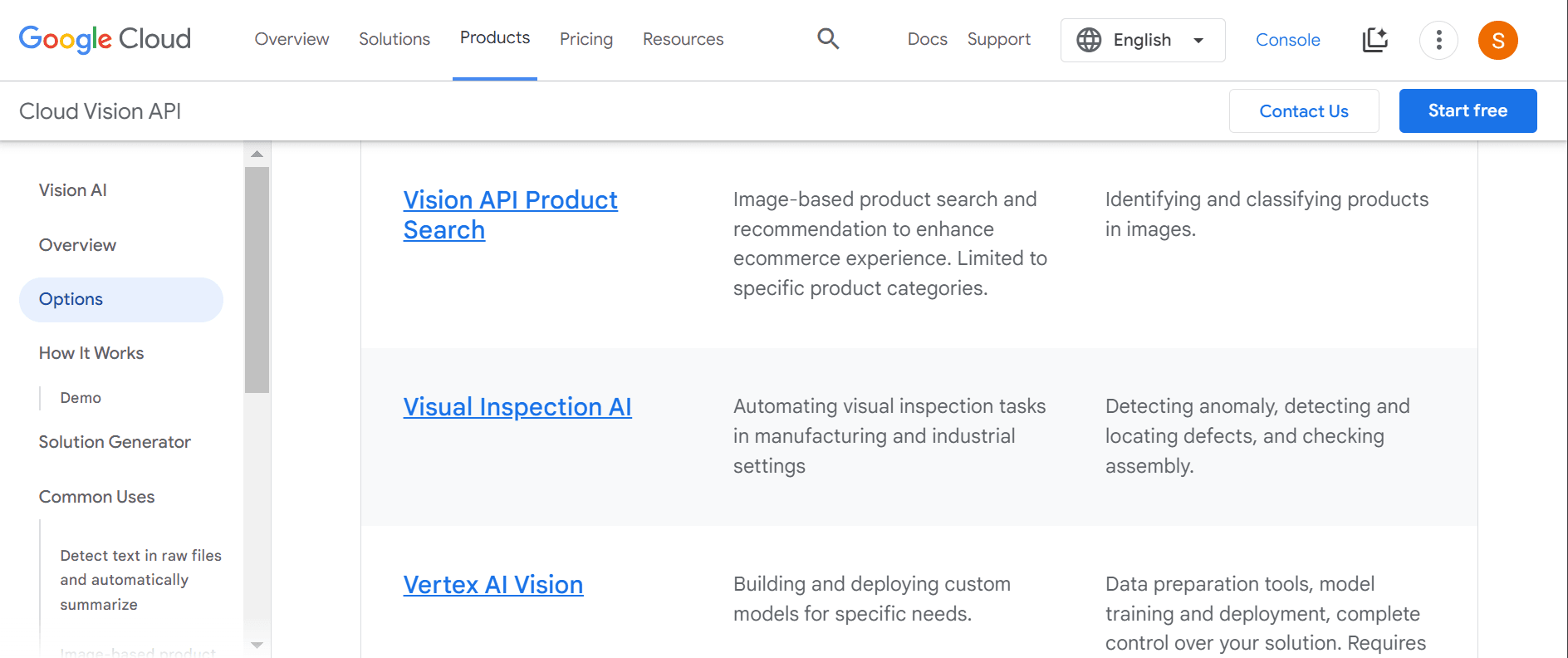
2. Imagga
This image recognition software is another tool worth mentioning for its advanced capabilities. Imagga can analyze and interpret content in images in a way that only a few AI tools can. It is versatile and highly functional alongside a wide range of other applications. The core functionality of this tool is in its use of neural networks and deep learning which are influenced by advanced algorithms. Experts argue that Imagga functions just like the human brain but at a much faster rate.
Users can use images to identify visual patterns, features, and objects. Once you feed this tool with an image it breaks it down into little data points and examines each point or pixel based on its color, intensity, real and digital versions, and more. One of its strengths is what is called feature extraction which identifies shapes and textures. Imagga can be used for various methods because it is not limited to the types of images it can analyze.
Pros
- Content booster
- Highly accurate
- Customization models
- Scalable
- Easy to integrate with third party applications
Cons
- May require technical expertise
- Highly dependent on a stable internet connection
Best Case Use
- For Industries and projects that are highly dependent on visuals.
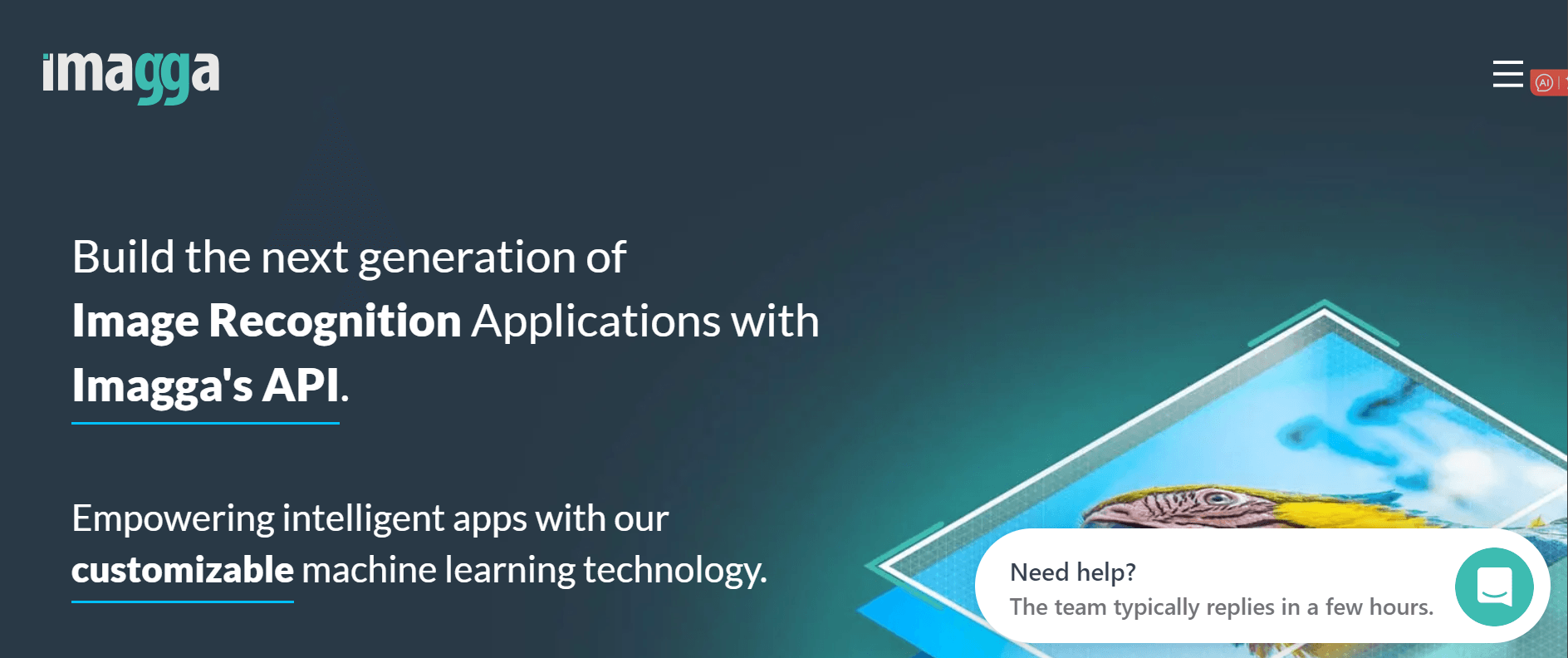
3. Azure AI Vision
Azure AI is an image recognition software developed by Microsoft. This smart image detective uses an artificial intelligence system to break down images within micros seconds pixel by pixel to understand the image’s meaning. This AI has undergone a series of extensive training on diverse data sets ranging from scenes to objects and even texts regardless of whether it is printed or written.
Despite the stunning results of Azure, Microsoft is constantly testing and modifying it so it can deliver higher accuracy than it presently can. What sets Azure apart from the others on this list is its high adaptation. This software is adaptable with little or no restrictions but just a few characteristic adjustments. It is also suitable for multiple disciplines.
Pros
- Flexible and versatile
- High mark for automation
- Precision and accuracy
- Scalable
Cons
- Complex for beginners
- Not ideal for small businesses because of the high cost
Best Case Use
- Ideal for multiple, unrelated projects.
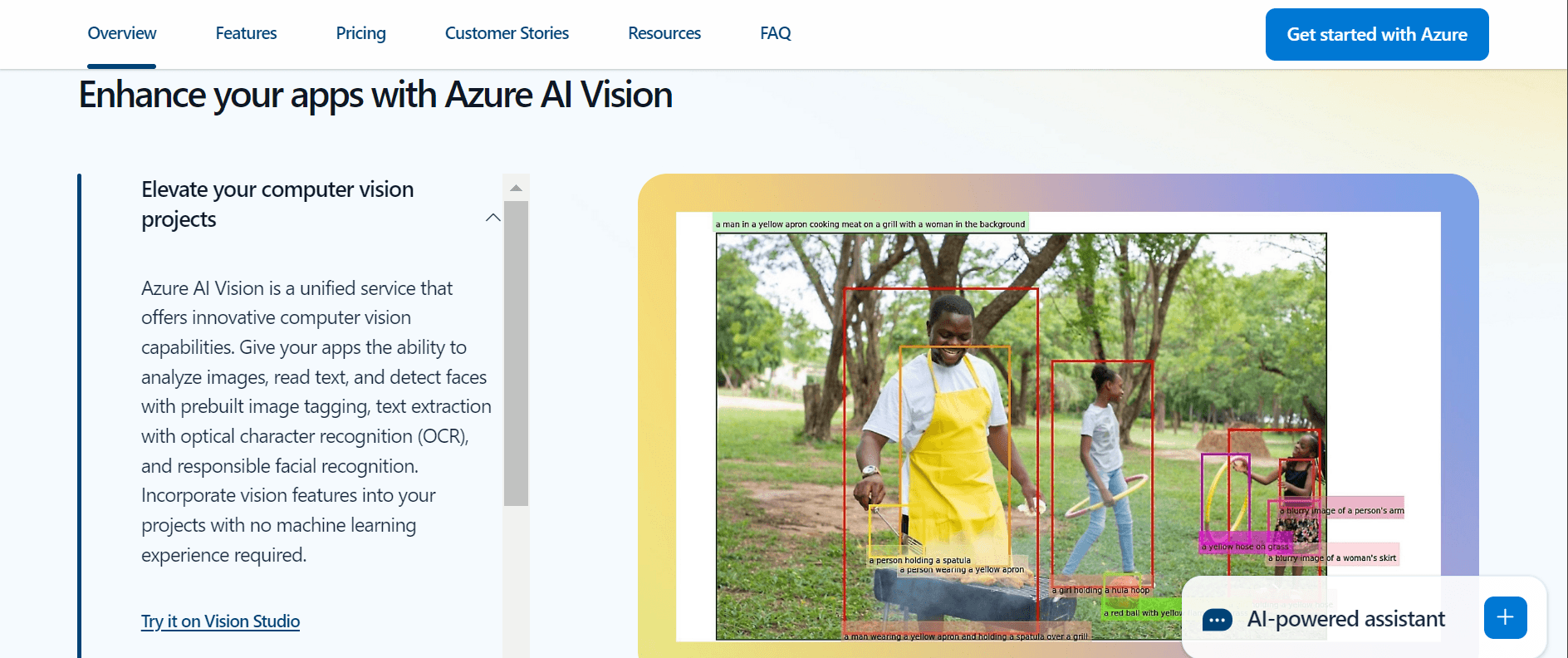
4. Labellerr
Labellerr may not be as popular as the other tools on this list but trust us when we tell you that it is as efficient as any other. This tool uses round 1 annotations among other features for image analysis. It was developed to serve the purpose of small businesses with limited budgets that cannot afford more expensive options. Labellerr can analyze colors, textures, shapes, and image text in any language.
It is also adaptable with advanced integration features that will connect with many third party devices and applications. The image quality evaluation function is also quite accurate and is recommended for image comparison and analysis. Labellerr is still undergoing frequent tests but current results only show that in years to come it will remain one of the best image recognition software in the market.
Pros
- Image quality measurement
- Very accurate
- Easy to use
- Highly compatible
Cons
- Limited format
Best Case Use
- Labellerr is best for small businesses.

5. Amazon Rekognition
Amazon's stellar image analysis software is coming a close second to Google's Vision AI for accuracy value. This tool can recognize objects, shapes, colors, and landscapes including videos and pictures. Businesses now use it for image search and comparison and its neural network is great at image categorization.
All the user has to do is feed it with one or a group of images and it will provide hundreds of options within minutes, if not seconds.
It was developed by Amazon engineers who analyze billions of images daily on Prime photos and it works like an image detective. Rekognition is so effective that it can track and analyze human movement, facial expressions and even recognise famous people and scene interpretation. This fascinating AI is scarlet when you consider its future potential.
Pros
- Advanced facial recognition
- Text, object, and scene detection
- Integrates well with other Amazon applications and programming languages
- It can handle so many images and videos at one time
Cons
- Very expensive
- Complex for first-time users
Best Case Use:
- The best tool for image detection
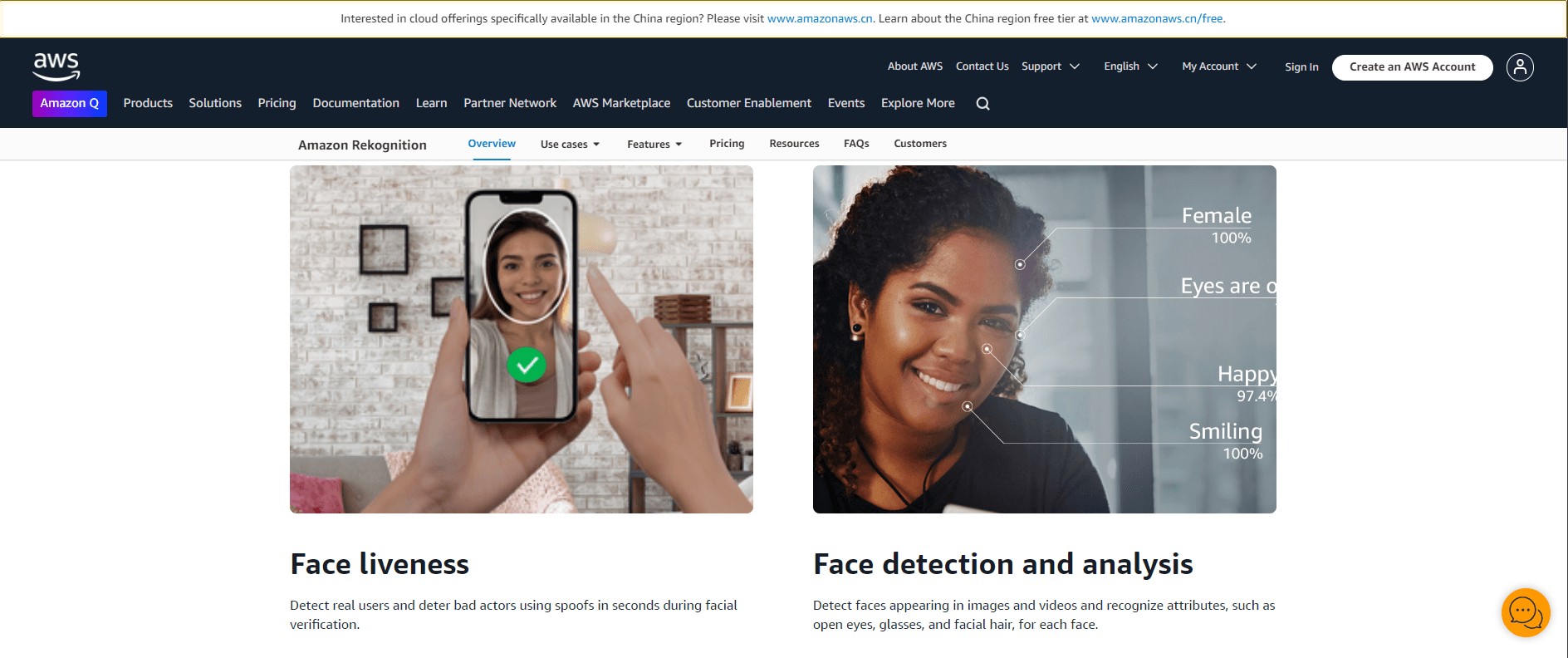
6. Clarifai
The last tool on our list is Clarifai which is also an advanced image recognition software for understanding content and general information within an image. It is quite compatible with other applications and since it was launched it has produced promising results. We decided to include Clarifai in our list not because it can match the accuracy of the others on this list but because of its potential based on current results. Clarifai is quite advanced for its neural networks and deep learning capabilities.
The complex algorithm it works with is inspired by the human brain for understanding features and patterns. Clarifai will also recognize and analyze images within images. Furthermore, it can single out unique contours, colors, and textures in ways that only very few AI image analysis tools can.
Pros
- Custom training
- Predictive analytics
- Easy to use
- Very scalable
- Quite accurate
Cons
- Training complexities may be a challenge
- Still lagging behind the other in terms of accuracy
Best Case Use
- Clarifai is best for first time users and startups.
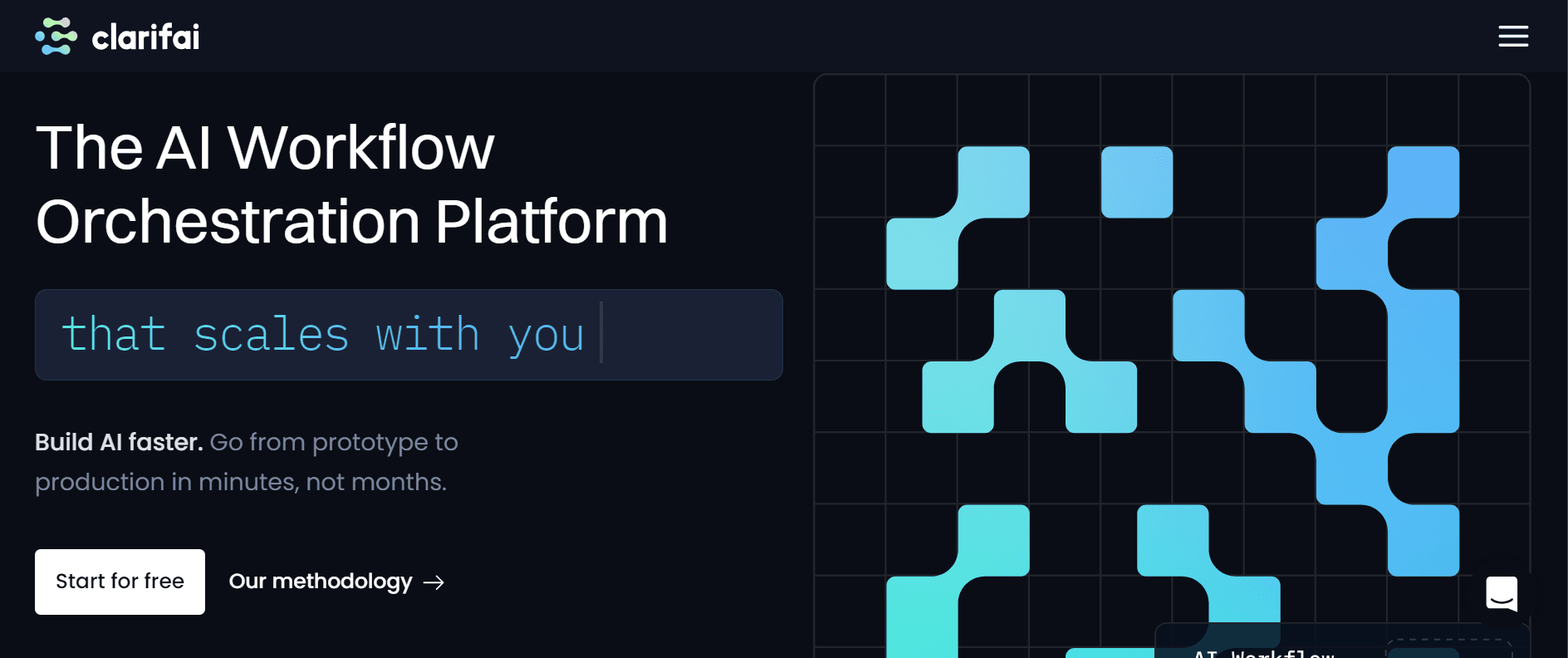
FAQs
Q: What should I consider when choosing an AI Image analysis software?
A: You should consider accuracy, need, integration capabilities, customization, and scalability.
Q: Will I have to train my models using the tool?
A: Yes, you have to. Image recognition software gets better at analyzing images if they undergo constant training.
Q: Do All AI Image analysis software work the same way?
A: No they don't but they provide the same service which is image identification and analysis.


